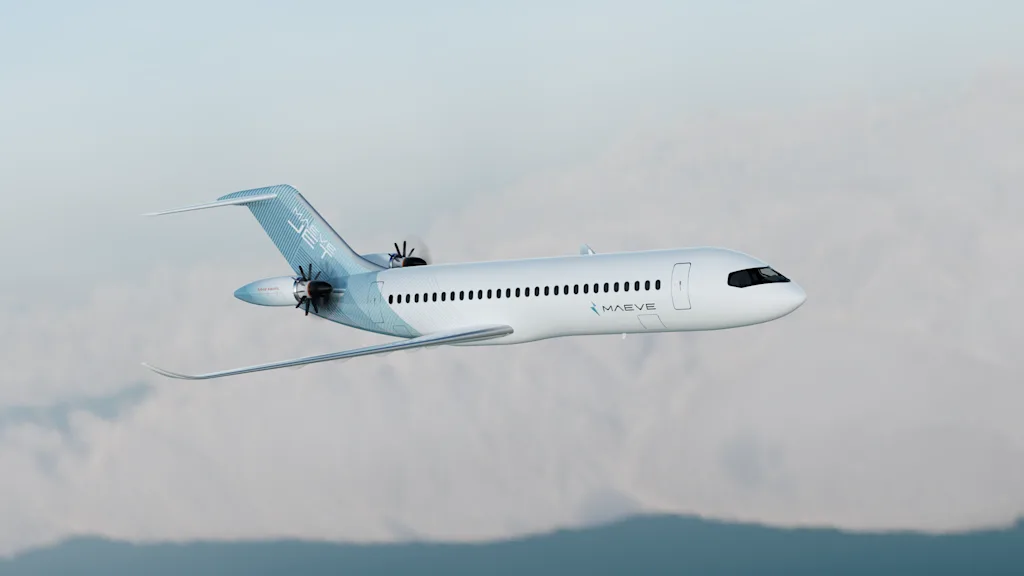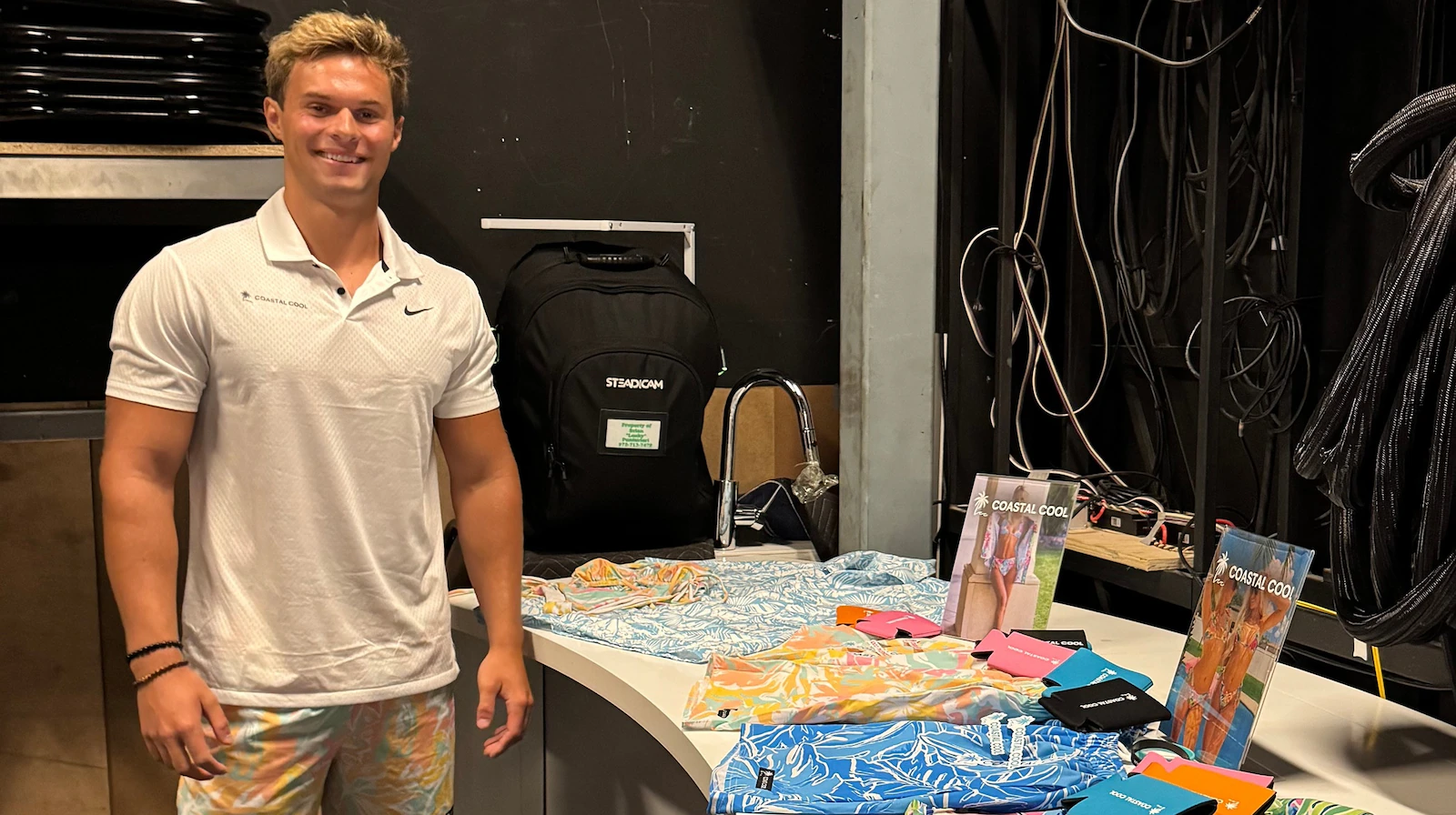Copyright Fast Company

Global airline leader Delta Air Lines sponsored a panel at Fast Company Innovation Festival 2025 that examined how new technology is revolutionizing aviation. Here are three takeaways from the discussion. 1. New designs and materials are bringing more fuel-efficient planes closer to reality. JetZero cofounder and CEO Tom O’Leary spoke about his company’s ongoing effort to roll out a 250-person aircraft that offers up to 50% better fuel efficiency compared to current tube-and-wing commercial jets. The plane utilizes an all-wing body similar to that of next-generation stealth bombers. This design, which increases lift while reducing drag, offers costs savings through greater fuel efficiency. And the airframe will be made with lightweight carbon fiber, meaning the plane will require smaller jet engines that further reduce its weight and drag. “It’s a virtuous cycle,” O’Leary said. All-wing, or blended-wing-body, aircraft designs were tested by NASA long before O’Leary founded JetZero in 2021. That research boosted O’Leary’s confidence that a dramatically more fuel-efficient plane design could be brought to market relatively quickly. “Talk about innovation leading innovation— the beauty of what JetZero is doing is that we’re really just [building on] the work that’s already been done by so many people,” he added. Amelia DeLuca, Delta’s chief sustainability officer, noted that more fuel-efficient planes can help airlines fly further and connect more people and places throughout the world. “Thinking about all the destinations you could add on the map if you could go farther more efficiently is really exciting,” she said. Reduced fuel consumption can also move airlines closer to their net-zero emissions goals—while reducing overall jet fuel burn. 2. Hybrid electric planes are on the way. Alongside these developments, innovators are working to bring hybrid electric planes to airports in the near future. Ross Mitchell, senior vice president, Strategy, Business Development and Communications for MHI RJ Aviation Group, spoke about his company’s partnership with Delta and Maeve Aerospace to build a regional hybrid-electric plane that will service small- and medium-sized towns. “It’s vital for the economic well-being of these places to be connected to major hubs so they can get on [JetZero’s] airplane to go somewhere further,” Mitchell said. The prototype for the plane should be finished within the next few years, Mitchell said. DeLuca talked about how small hybrid planes could benefit airlines. “Typically, these flights are very intensive from a cost structure to operate. They’re also high carbon intensity, because you’re using a ton of jet fuel just to get those planes off the ground in service of a shorter distance.” She also noted the potential benefits for fliers: “So many lives can be impacted by air travel in the United States and beyond.” Delta anticipates to have the ability to land on shorter runways, potentially giving it access to more airports. And it will have a bigger cabin than is typical for planes on regional flights. “It takes the regional out of regional flying and just makes it feel like flying, which is exactly what you want,” DeLuca said. 3. With new planes, airlines can address customer pain points. The discussion of larger cabins was part of a broader discussion about how the construction of new planes allows manufacturers to address common pain points for fliers and airline employees. For example, the JetZero plane will have a centralized galley for flight attendants, rather than galleys in the front and back of the cabin. That frees up bathroom access for fliers and allows for better communication among flight attendants. Similarly, JetZero engineers are designing a cockpit with more space for pilots, helping to make everyone’s journey more comfortable. Another design innovation is the elimination of middle seats and reconfigured overhead bin space for optimal carry-on bag stowage. “The most anxiety-inducing thing about flying is not the flight itself,” O’Leary said. “Rather, it’s the stress of boarding and deplaning. With more aisles and no middle seats, the JetZero plane could potentially be boarded by all passengers in far less time than it usually takes to board planes of similar sizes,” he said. From reducing airline operating costs to improving passenger experience, these new technologies, DeLuca pointed out, are proof that sustainability can be good for business—and not just for her company, but the airline industry as a whole. “Every single success that we see in this innovation space is celebrated by all of us,” she said, “and shows the art of what’s possible.”



